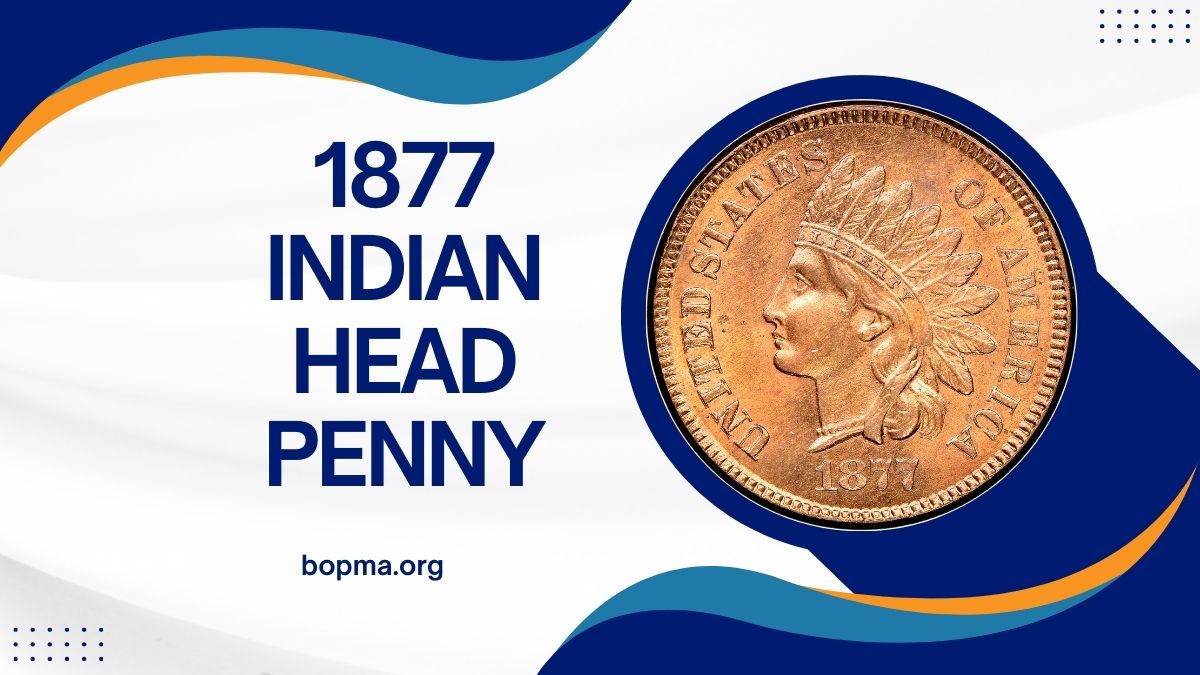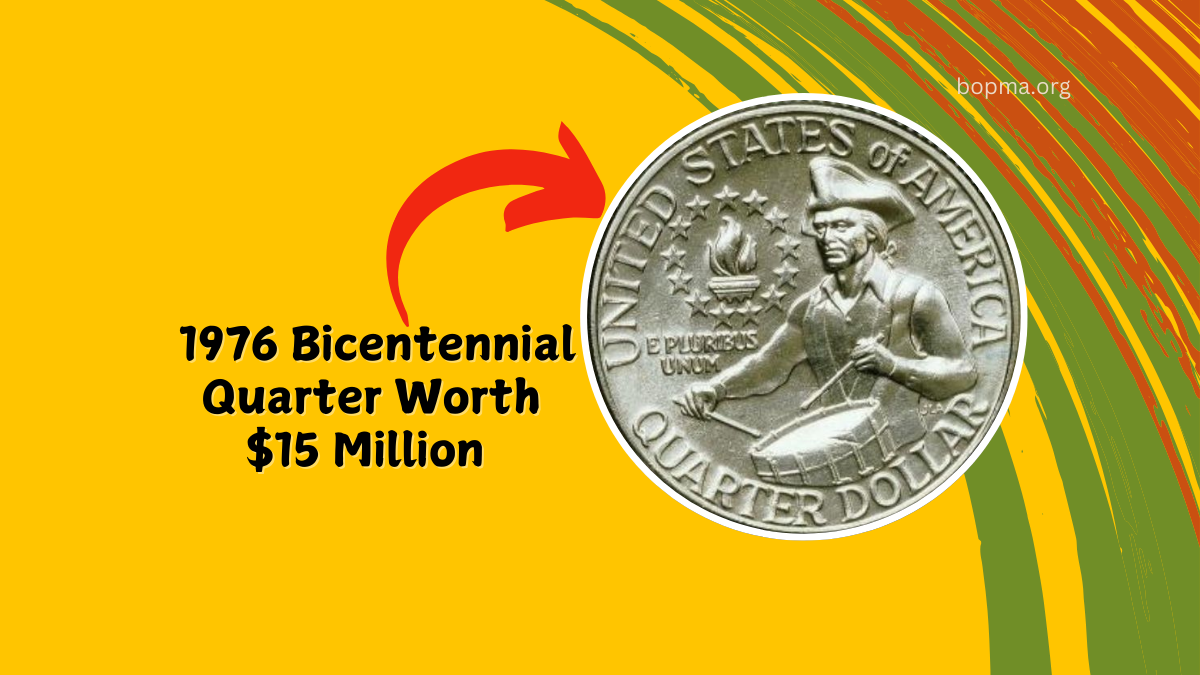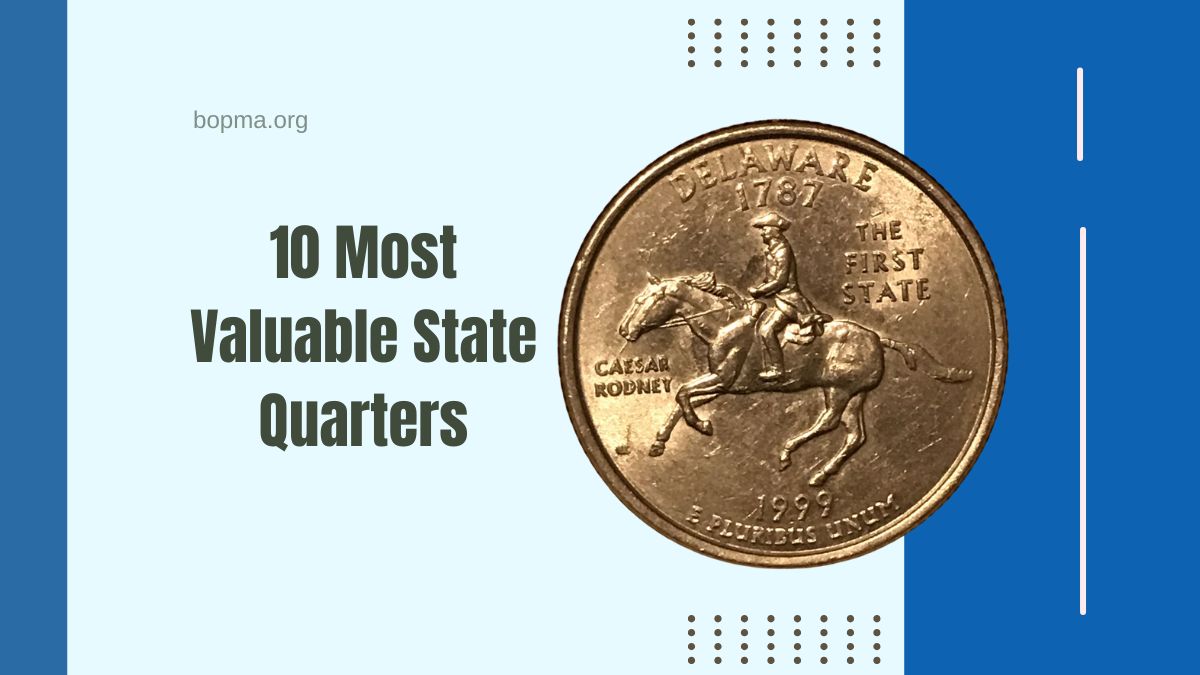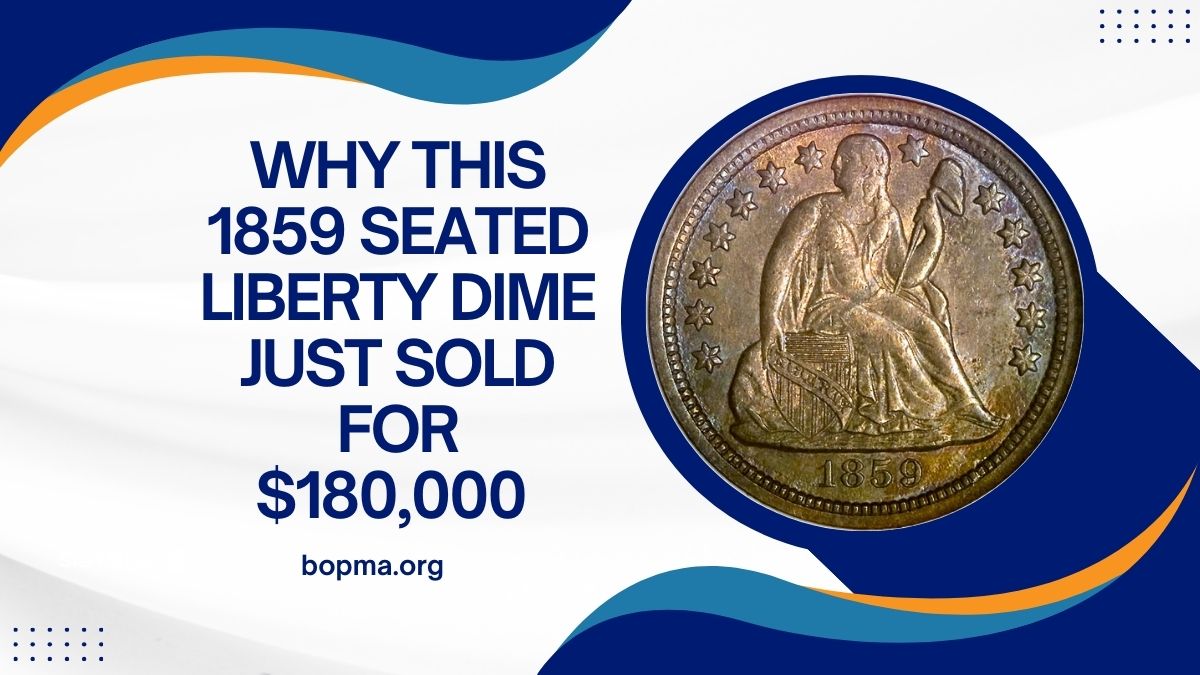The 1877 Indian Head penny stands as a pinnacle of numismatic rarity and value. With its limited mintage, historical significance, and unique characteristics, this coin has become a coveted piece among collectors, often fetching prices exceeding $10,000.
Historical Context of the 1877 Indian Head Penny
The Indian Head cent series, designed by James B. Longacre, was minted from 1859 to 1909. The 1877 issue is particularly notable due to its low production numbers. In the aftermath of the Civil War and the economic challenges that followed, the U.S. Mint reduced the mintage of certain coins.
Specifically, only 852,500 Indian Head pennies were struck in 1877, a stark contrast to the millions produced in other years. This limited mintage has significantly contributed to the coin’s rarity and desirability among collectors.
Factors Contributing to Its High Value
- Low Mintage and Survival Rate: The 1877 Indian Head penny had one of the lowest mintages in the series. Experts estimate that only about 5,000 of these coins may still exist today, making it scarcer than even the famed 1909-S VDB Lincoln penny. This scarcity drives up demand and, consequently, the coin’s market value.
- Condition and Grading: The value of the 1877 penny varies significantly based on its condition. Coins are graded on a scale from Good (G-4) to Mint State (MS-65 and above). Even in a grade of Good-4, the 1877 penny can retail for approximately $980. In uncirculated (Mint State) conditions, prices can soar to $5,105 or more. Proof specimens, of which approximately 900 were made, can be worth $12,000 or more.
- Authenticity and Counterfeits: Due to its high value, the 1877 Indian Head penny is frequently counterfeited. Common counterfeit methods include altering the dates of pennies from other years to appear as 1877 coins. Collectors are advised to seek coins that have been authenticated and graded by reputable third-party services to ensure legitimacy.
Value Chart of the 1877 Indian Head Penny
| Grade | Approximate Value (USD) |
|---|---|
| Good (G-4) | $980 |
| Very Good (VG-8) | $1,315 |
| Fine (F-12) | $1,564 |
| Very Fine (VF-20) | $2,707 |
| Extremely Fine (EF-40) | $3,553 |
| About Uncirculated (AU-50) | $5,105 |
| Uncirculated (MS-60) | $7,640 |
| Proof (PR-63) | $12,000 |
Collecting the 1877 Indian Head Penny
For numismatists aiming to add the 1877 Indian Head penny to their collection, several considerations are paramount:
- Authentication: Given the prevalence of counterfeits, it’s crucial to purchase coins that have been certified by reputable grading services.
- Condition Assessment: Understanding the coin’s grade will help determine its value. Even slight differences in condition can lead to substantial variations in price.
- Market Trends: Staying informed about current market trends and recent auction results can provide insights into the coin’s value trajectory.
The 1877 Indian Head penny is more than just a piece of currency; it’s a tangible artifact of American history. Its rarity, combined with the rich narrative it carries, makes it a prized possession for collectors.
Whether you’re a seasoned numismatist or a novice collector, the allure of the 1877 Indian Head penny is undeniable, embodying both historical significance and substantial monetary value.
FAQs
Why is the 1877 Indian Head penny so valuable?
Its value stems from its low mintage of 852,500 coins and the even fewer number that have survived in good condition, making it a rare find for collectors.
How can I determine the authenticity of an 1877 Indian Head penny?
It’s advisable to purchase coins that have been authenticated and graded by reputable third-party services, as counterfeits are common.
What factors affect the value of the 1877 Indian Head penny?
Key factors include the coin’s condition (grade), rarity, demand among collectors, and whether it’s a business strike or proof specimen.




